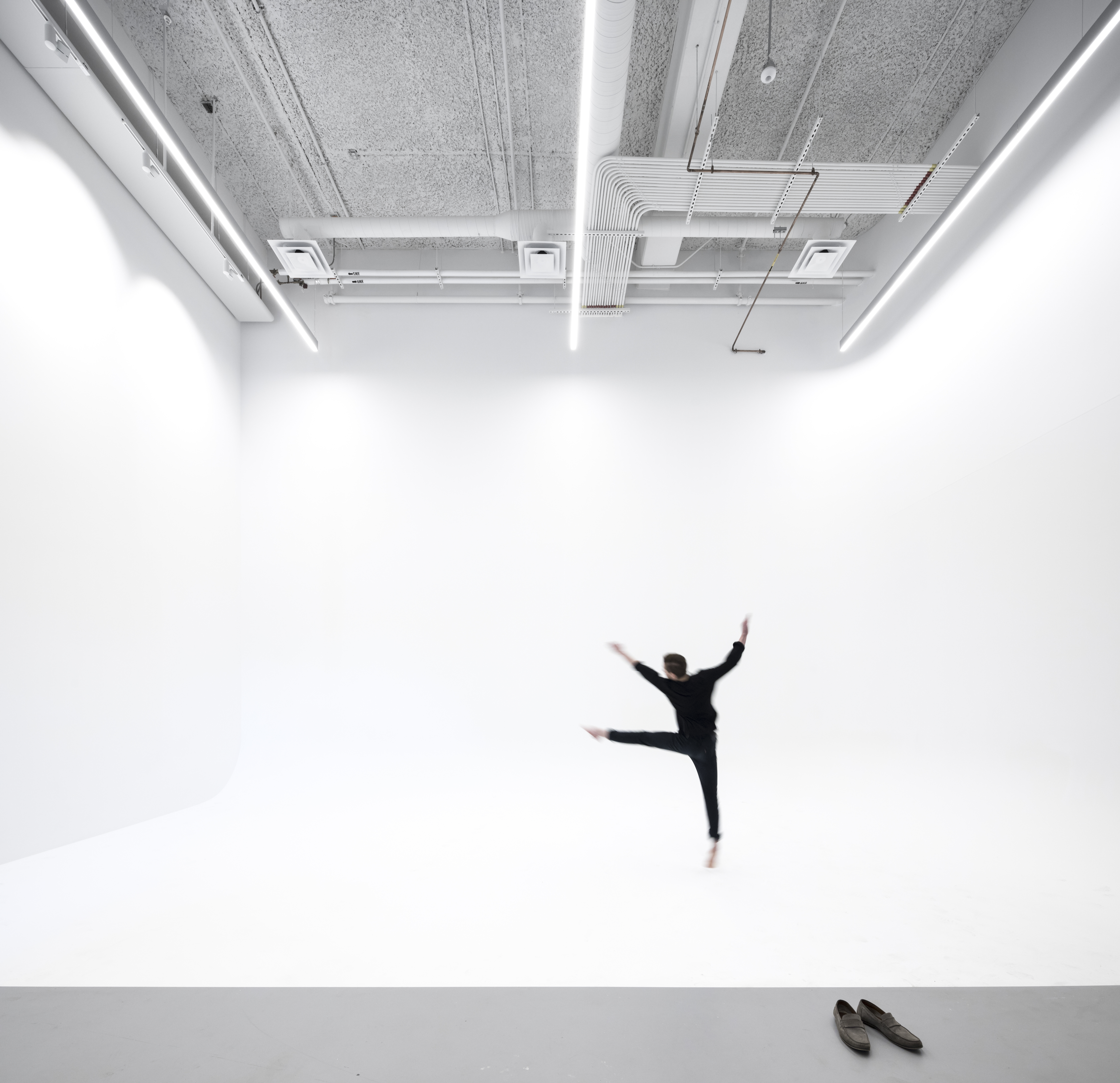What is Architectural Lighting
Architectural lighting presupposes that there’s architecture.
Fluorescent tubes of light illuminating an underground sewer system or an industrial warehouse, for example, do not exactly constitute architectural lighting. A commercial square LED pendant hanging in your office, for instance, may or may not be architectural lighting. It depends on whether the pendant meets certain standards, which we’ll cover below.
So, architectural lighting is an intersection of art (architecture) and technology (lighting). The architecture being illuminated or lighted may be commercial or residential. Other fields of endeavor, such as design, also come into play. Of course, so do physics, engineering and the psychological and physiological effects of light.
Strictly speaking, architectural lighting is illumination for building design and function.
The term encompasses three main factors. The first is the building’s aesthetic, which is crucial for any commercial, especially retail, environment. The second consideration is ergonomic or functional — any aspect which improves one’s ability to live, work, function, relax or play — to make the space easier to use. The third aspect involves the efficiency of energy, ensuring that light is properly, which is to say economically or optimally, used and distributed.
This is where architectural lighting design is relevant.
Architectural lighting design imagines, creates, integrates, infuses and organizes lighting into a coordinated system, including factoring for the fact and advantage of natural light, electrical light, or both, to serve and advance human action.
Accordingly, design relates to the specific purpose, or multiple purposes, of a given particular space. In the kitchen, for example, you’re probably going to want to focus on illuminating the preparation and cooking of food. In a home theater or media room, it might be best to design lighting for proper seating and viewing — such as accentuating good sight lines — for comfortably finding your way in surrounding darkness and watching the movie.
Generally, lighting design should account for the specific type of action being illuminated; the amount of light provided, the color of the light, which may affect the optics for particular objects, such as works of art, and the overall, whole environment. Another design factor in a given space — whether it’s exterior or interior — is distribution of light. Though it varies by application, lighting design should also sufficiently address the impact the illumination has on the inhabitants of the space. Here’s a guide that can help you determine the amount of lumens you will need to properly light any application.
Language of Light asked architect Molly Munson of Adam Wheeler Design for her thoughts on architectural lighting; she said that space is of paramount concern. “Architects [try] to transform the experience of a space,” she explained. “Good architecture [tries] to create a spatial experience.”
Architectural lighting works to foster the spatial experience. Lighting can influence mood, texture, spatial awareness and “exaggerate certain architectural features, provide intimacy, etcetera,” according to Munson.
“We often look for fixtures that can do the job of illuminating the space without becoming the headliner, [so that lighting doesn’t] overwhelm what else is going on in the room,” she said. “It [Architectural lighting] has to perform in collaboration with the architecture. They can never be at odds aesthetically — they have to complement each other.”
This is what differentiates architectural from general lighting. Architectural lighting works to serve and enhance the architecture, not merely as an accessory, to create a cohesive spatial experience


Comments
Post a Comment